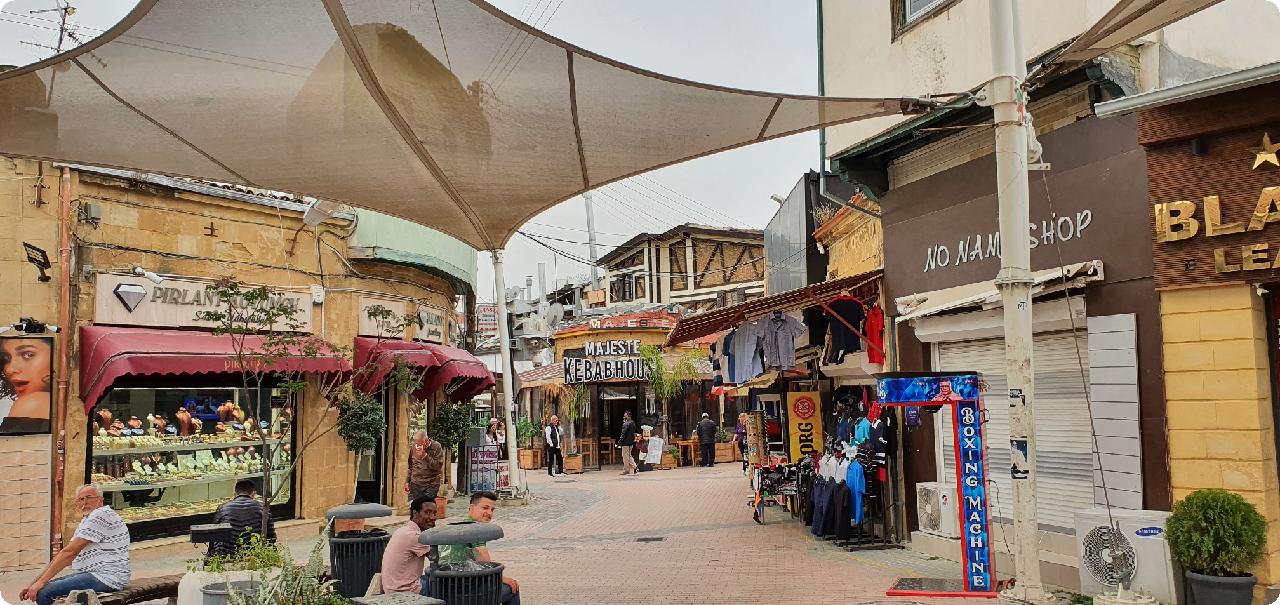NICOSIA
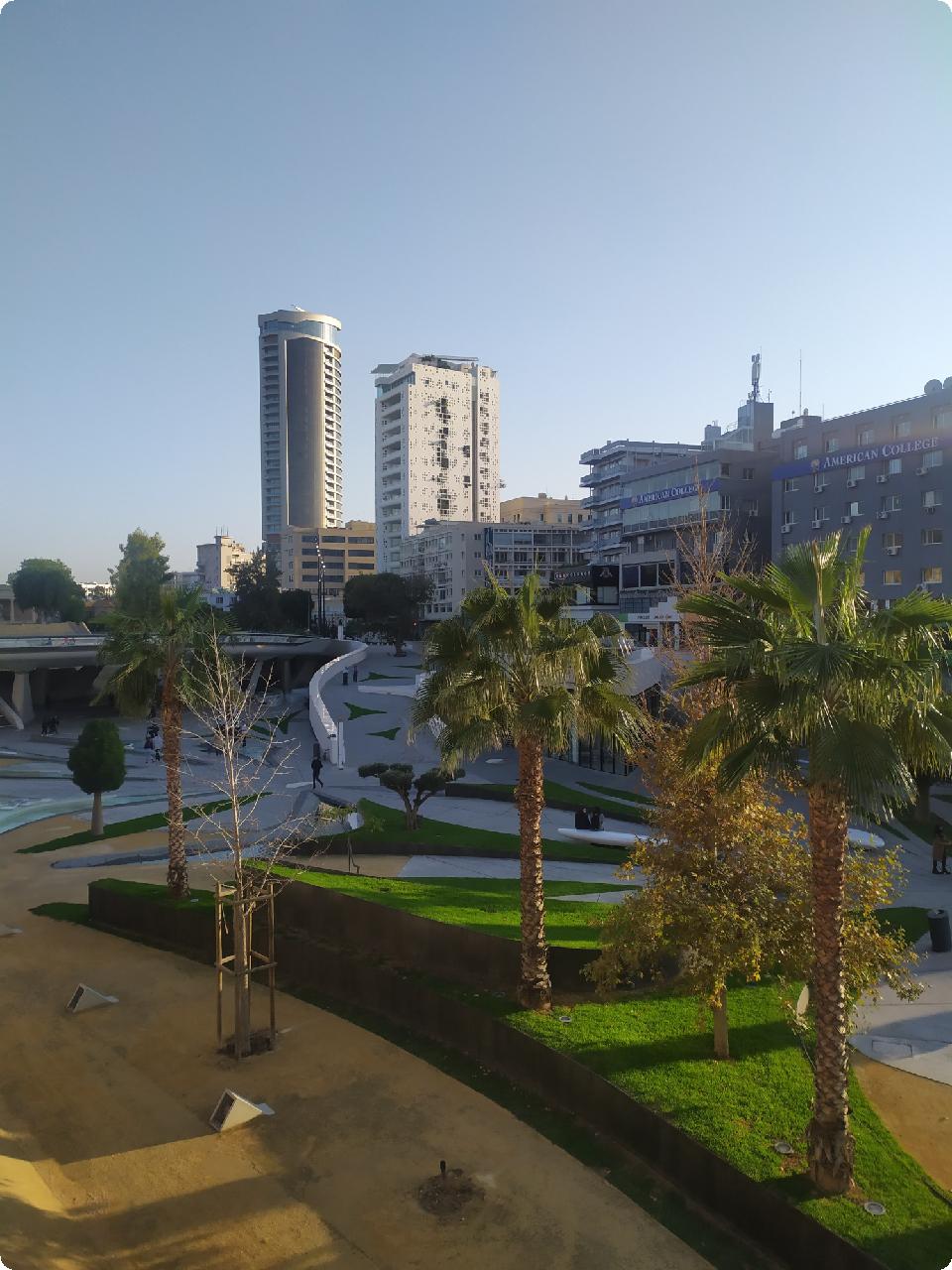
Nicosia is Cyprus's largest city, capital, and administrative center. On the banks of the River Pedieos, it is near the center of the Mesaoria plain.
Nicosia (Lefkosia in Greek) was a siren, one of Acheloos and Melpomene's daughters, and her name means "White State" or "City of White Gods" in Greek mythology.
Nicosia is the capital of Cyprus, the EU's southernmost member state.
It has been inhabited continuously for over 4,500 years and has served as Cyprus' capital since the 10th century.
Following fighting in the city during the Cyprus crisis of 1963??64, the Greek Cypriot and Turkish Cypriot communities of Nicosia were separated into the south and north of the city, respectively.
After Turkey invaded the island of Cyprus in 1974, occupying the north of the island, including northern Nicosia, this separation became a militarized border between the Republic of Cyprus and Northern Cyprus.
North Nicosia is now the capital of the Turkish Republic of Northern Cyprus, a state recognized only by Turkey.
Nicosia has established itself as the island's financial capital and main international business center, in addition to its legislative and administrative functions.
In terms of relative purchasing power, Nicosia was the 32nd richest city in the world in 2018.
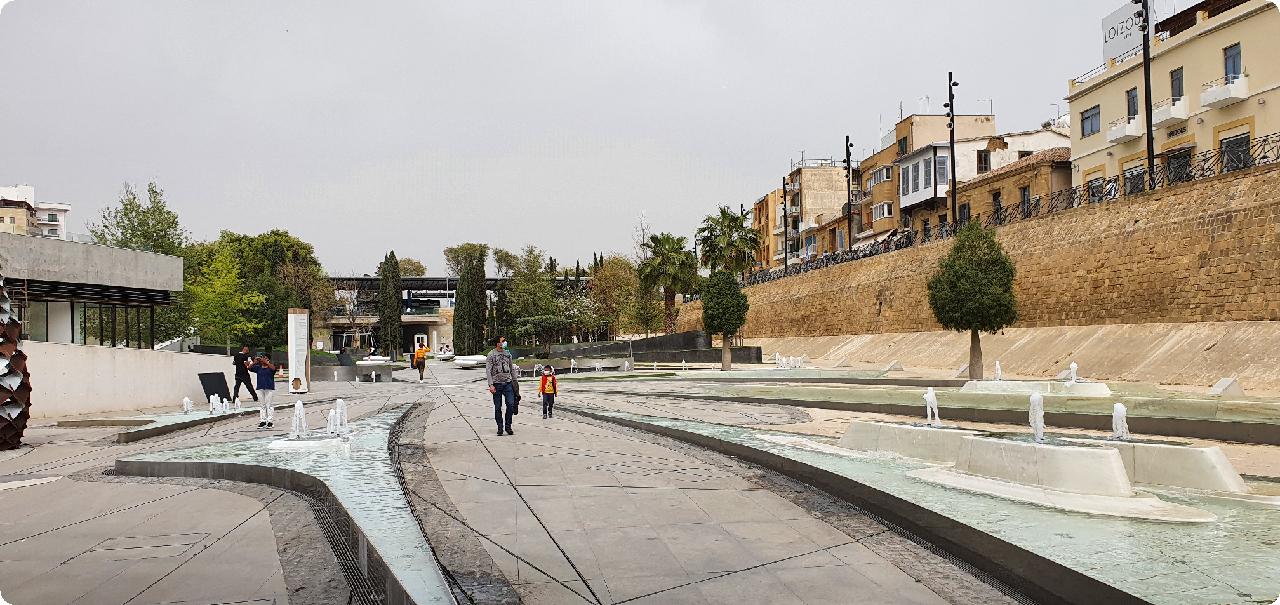
Historic
Nicosia is first mentioned in the Assyrian king Esarhaddon's clay prism in 672 BC.
This is a reference to the city-state of Ledra, which is located on the site of Nicosia and is known as "Lidir."
The name Ledra and variations (such as Ledroi) were still in use in 392 AD, when Saint Jerome used it in writing.
However, that text also refers to the city as "Leucotheon," and this period's early Christian sources are the first to use similar variations of the name Lefkosia (e.g. Leuteonos).
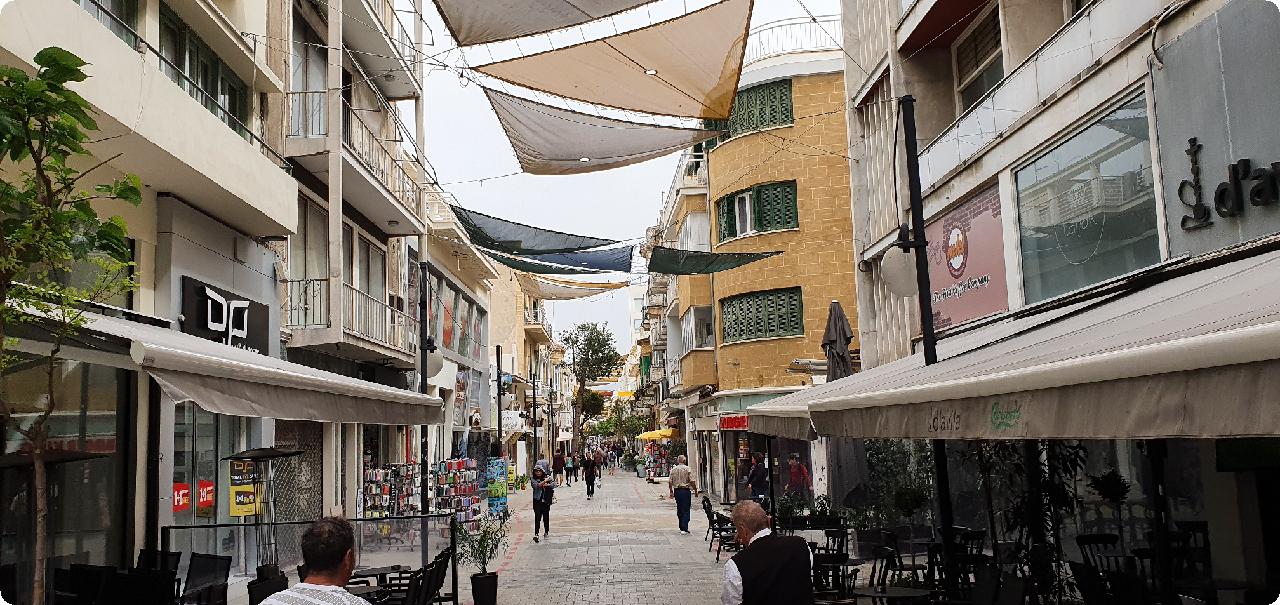
Scholars consider the origin of the name "Lefkosia" to be a "toponymic puzzle."
The name is recorded in the majority of Byzantine sources as "Leukousia", and it is accepted in literature that the name "most probably" derives from the Greek phrase "leuke ousia" ("white estate").
Since the beginning of the Bronze Age 2500 years BC, when the first inhabitants settled in the fertile plain of Mesaoria, Nicosia has been continuously inhabited.
After the Trojan War, Nicosia became a city-state known as Ledra or Ledrae, one of the twelve kingdoms of ancient Cyprus constructed by Achaeans.
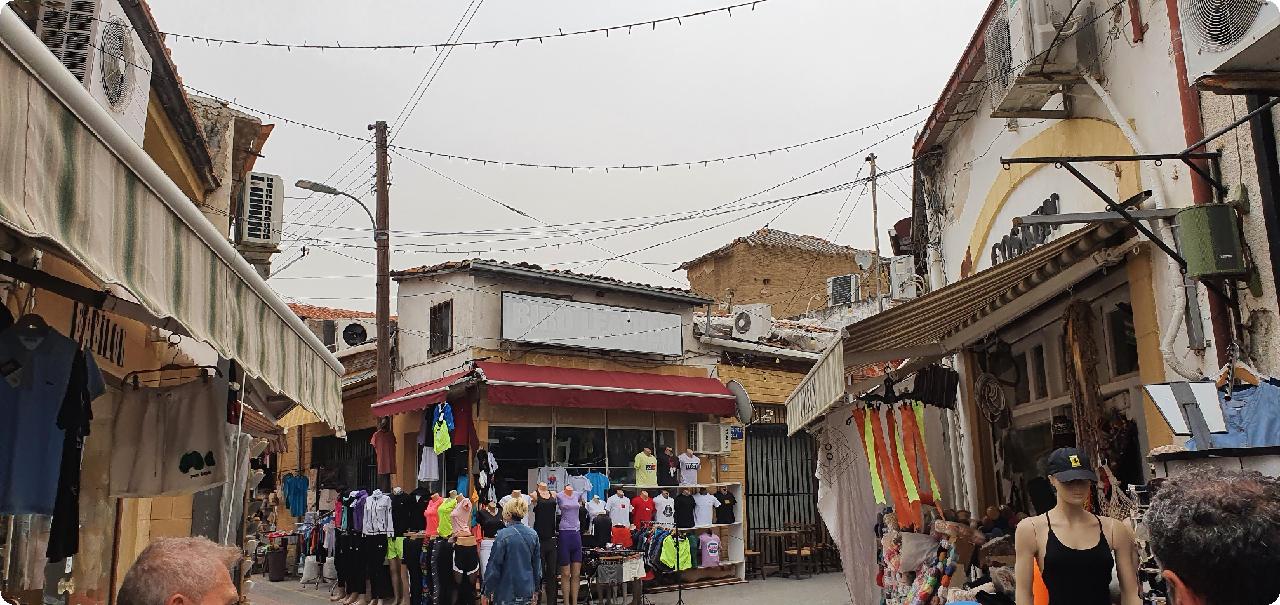
The Ayia Paraskevi hill in the city's south east contains the remains of old Ledra.
Onasagoras is the only known king of Ledra.
Early on, the kingdom of Ledra was destroyed.
In 672 BC, while Cyprus was under Assyrian authority, Onasagoras was documented as sending tribute to Assyrian king Esarhaddon.
Ledra was a small, inconsequential village by the year 330 BC.
The village was supposed to be economically and politically reliant on the nearby town of Chytri.
Farming was the main source of income for the town's residents.
Ledra did not see the same rapid growth as the other Cypriot coastal cities during this time period, which was predominantly driven by trade.
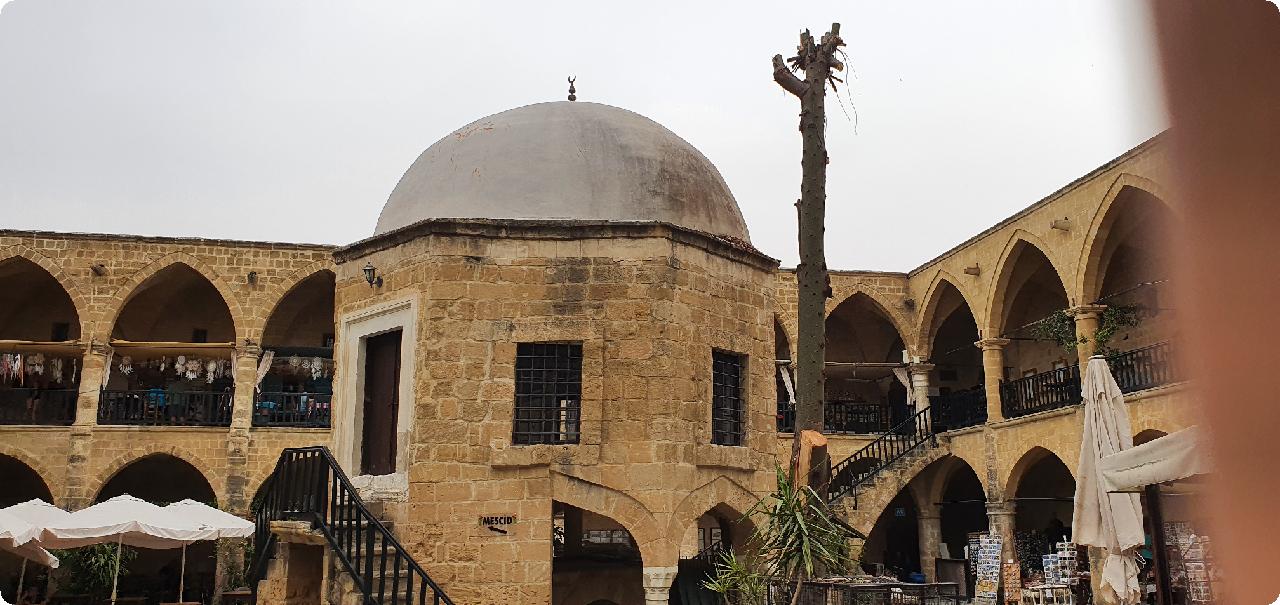
The settlement was also known as "Lefkosia" or "Kallenikesis" in Byzantine times.
The town became the site of a bishopric in the 4th century AD, with bishop Saint Tryphillius (Trifillios), a student of Saint Spyridon.
The presence of two or three basilicas with opus sectile ornamentation, as well as marbles decorated with high relief, indicate the presence of a highly rich and sophisticated Christian culture, according to archaeological data.
